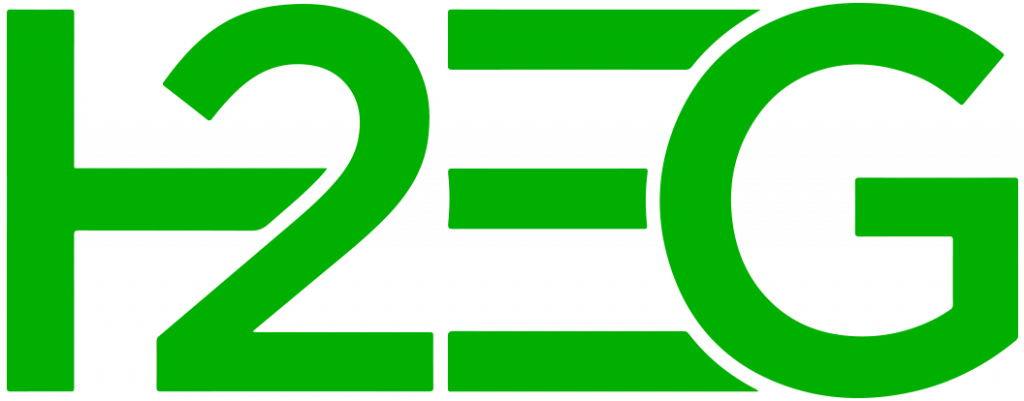
The company said its Series B round was oversubscribed, with investor demand exceeding the shares available. New backers included Orlen VC, Safran Corporate Ventures, International Airlines Group (IAG), Hostplus, and TCVC.
They joined existing investors Clean Energy Ventures, IP Group/Kiko Ventures, Aramco Ventures, Eni Next, Braavos Capital, and the University of Oxford in the funding round.
“The new capital will enable Oxccu to accelerate its commercialisation efforts, expand its operations, and advance its next phase of technology scale-up,” the company stated.
Andrew Symes, CEO of OXCCU, explained, “In a market where capital is tight and investors are rightly selective, the raise is a testament to the strength of our science, the clarity of our mission, and the urgency of the problem we’re solving.”
In 2024, Oxccu launched its OX1 demonstration plant at London Oxford Airport, while its second plant is currently under development ahead of first operations in 2026.
The clean fuel firm plans a three-tonne-per-year facility at Oxford Airport – a scaled-down version of the commercial plant using steam methane reforming for efficiency and hydroisomerisation to produce jet fuel.
Last year, Oxccu scaled its SAF process by 1,000 times at the OX1 plant to produce 1.2 litres of clean fuel per day.
At OX1, CO2 and hydrogen are sourced from industrial gas companies. Then Oxccu uses a proprietary catalyst to react CO2 and hydrogen in a single-step patented process, converting the CO2 into jet fuel range hydrocarbons – the base for SAF.
Jonathon Counsell, Group Sustainability Director at IAG, said the investment in OXCCU is part of the airline group’s strategy to build partnerships around next-generation fuels and support its decarbonisation targets.
“We recognise the need for the world to achieve Net Zero emissions by 2050 and for the aviation sector to play its part and to develop sustainably,” he said. “We are committed to our goal of meeting 10% of our fuel needs with SAF by 2030.”
Under new EU mandates, aircraft operators, European airports and managing bodies must blend an increasing level of SAF with kerosene from 2025.
Starting in 2030, the minimum share of green hydrogen-based SAF will rise to 0.7%, while SAF’s minimum share will increase to 6%. By 2050, these targets will soar to 70% and 35%, respectively.
Stay ahead with a H2 View subscription
Gain access to the insights, data, and analysis trusted by hydrogen professionals worldwide.
With a H2 View subscription, you get:
- Unlimited access to 15,000+ articles
- Monthly digital magazine + H2 Review
- Exclusive interviews, webinars and reports
- Expert analysis shaping the hydrogen conversation

